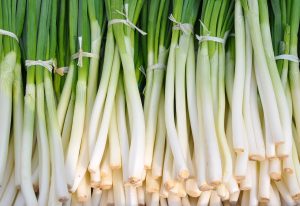
Purchase of the Purslane:
The Purslane, is a vegetable of small leaves of dark green color.
Freshness of the Purslane:
It can be seen in the firmness and in the intense color of its leaves. When you go to buy the product in the supermarket, we recommend:
- Observe the display site, it is clean and properly refrigerated.
- Choose the products, preferably in this order: vegetables, fruits, eggs, cheeses and dairy in general, after the products of pantry, but before the meats, poultry, fish and shellfish.
- When you reach your destination refrigerate, so that the “cold chain” of the same is not interrupted.
Uses:
- They are used in salads and as a garnish of various Mexican cuisine dishes.
- They are cooked in boiling water with salt and cooled with water to stop cooking and preserve the color.
Purslane Storage:
- The purslane is stored, cleaned and dried in a container with a lid, preferably plastic, with absorbent paper (dry) in the bottom and before the lid.
- Refrigerate in the crisper or at the bottom and front of your refrigerator, not the bottom because it is very cold and can burn.
- Its duration also depends on the freshness at the time of your purchase.
Conservation of Purslane:
Cool.
Duration of Purslane:
8-10 days approximately.
Tips:
When using the Purslane, before recovering the remaining one, shake or dry the lid of the container, to remove excess moisture, lengthening even more “the life” of the vegetables.
Nutrients and properties:
The purslane stands out mainly because it is one of the richest vegetables in omega-3 known. A fresh plant cup can contain 400 mg. Of this essential fatty acid. But it also offers a very complete contribution of a wide variety of nutrients and medicinal principles:
- Vitamins: A, beta-carotene (7 times more than carrot), B1, B2, B3, C, E (one of the plants that most contain)…
- Minerals: potassium (more than spinach), calcium, magnesium (one of the best vegetable sources), iron, phosphorus…
- Amino acids
- Bioflavonoids as Liquiritina
- Important antioxidants such as glutathione or betalains (in their pigments)
- Neurohormones and neurotransmitters in the fresh plant such as dopamine and L-noradrenaline (vasoconstrictor action, Antihipotensora and helping to reduce bleeding)
(See nutrient content and its benefits in vegetables). Note:
- Do not freeze.
- Periodically check the status of the product to be able to consume it in time.



